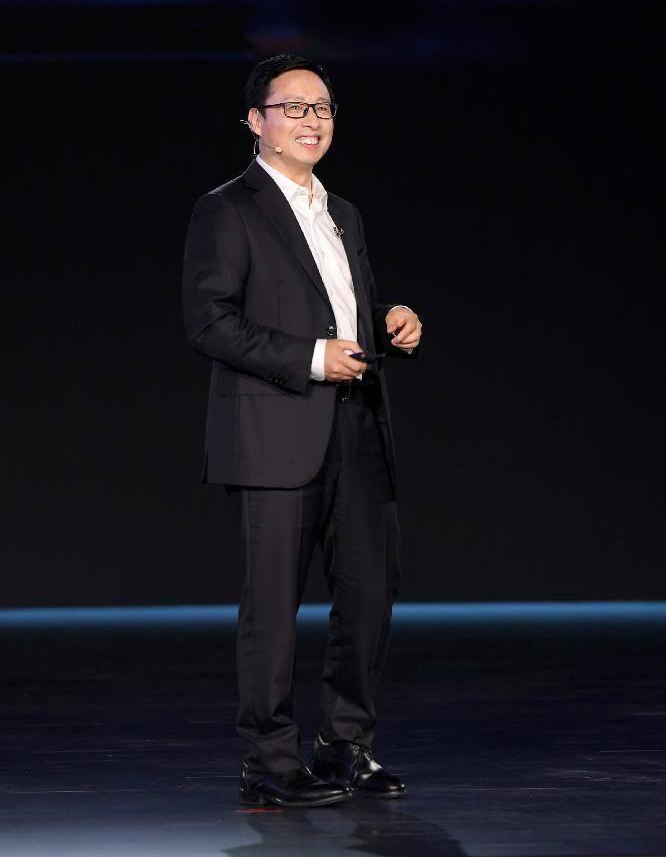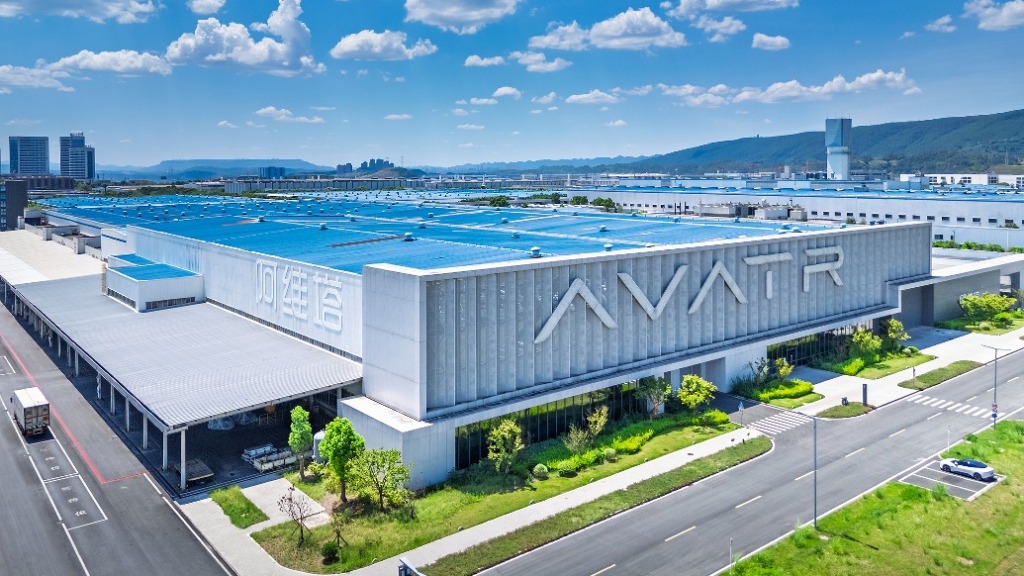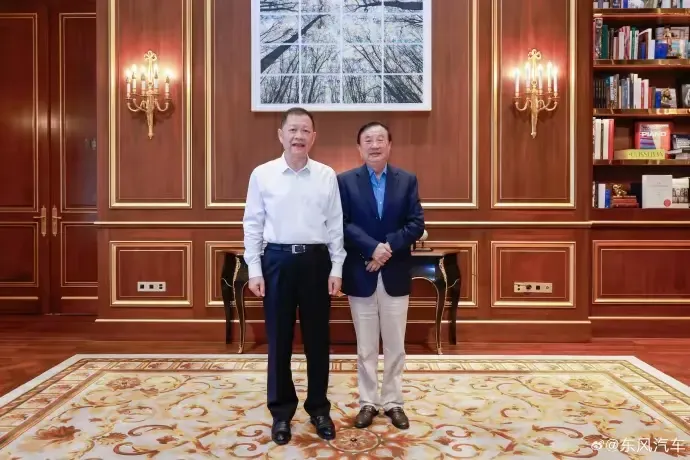
Huawei is pushing China's smart car industry into the era of advanced autonomous driving through technological innovation and ecological collaboration.
On April 22, Huawei Gankun Intelligent Automotive Solutions held the "Creating Possibilities with Intelligence" Intelligent Technology Conference in Shanghai, officially launching new solutions including Gankun Intelligent Driving ADS 4, Hongmeng Cockpit HarmonySpace 5, Gankun Vehicle Control XMC, etc., comprehensively upgrading the intelligent driving, digital chassis and cockpit interaction experience, and accelerating the commercialization process of L3 autonomous driving.

Jin Yuzhi, CEO of Huawei Intelligent Automotive Solutions
It is reported that Huawei Gankun Intelligent Driving ADS 4 adopts the world engine + world behavior model (WEWA) architecture, generates massive difficult scenarios through cloud-based AI, increases training efficiency by 1,000 times, and effectively breaks through the industry's data bottleneck. This solution reduces end-to-end latency by 50%, improves traffic efficiency by 20%, reduces heavy braking rate by 30%, and significantly improves the driving experience. At the same time, new hardware such as high-precision solid-state lidar and in-cabin laser vision sensors have greatly enhanced environmental perception capabilities.
"The only thing that can defeat ADS is ADS." Jin Yuzhi, CEO of Huawei Intelligent Automotive Solutions, said that the ADS Ultra flagship version is equipped with a high-speed L3 exclusive solution and has completed 600 million kilometers of simulation verification, laying the foundation for L3 commercial use in 2025.
He said, "Safety is the only bottom line for intelligent driving. Huawei has invested 99% of its R&D resources to tackle 1% of extreme scenarios, precisely to ensure that L3 commercial applications can truly stand the test of the market."
The new Hongmeng cockpit adopts the MoLA hybrid large model architecture, integrates general AI and vertical domain capabilities, supports fuzzy semantic interaction (85% success rate of oral vehicle control), and adds a remote vehicle diagnostic function. In terms of entertainment experience, the HUAWEI SOUND series is equipped with 43 speakers and supports active noise reduction; the 16.1-inch 3K smart screen is equipped with an AI picture quality engine, which can make 720P videos present a 1440P level viewing experience. Megapixel smart car lights support outside-car projection, further expanding the boundaries of interaction.
Huawei's XMC digital chassis engine is the first to use a full-domain integrated control architecture to achieve integrated decision-making for components such as the body, suspension, and brakes, predict road conditions, and optimize control. The full-dimensional collision avoidance system CAS 4.0 provides active safety protection in all scenarios, and adds new functions such as tire blowout stability control and driver disability assistance to ensure driving safety in all aspects.
Jin Yuzhi revealed that by June 2025, 500,000 parking lots across the country will support intelligent driving from parking space to parking space, and 100,000 parking lots will support valet parking and charging.

In addition, in the face of controversy over smart driving safety, Huawei, together with 11 automakers including GAC, SAIC, Audi and China Automotive Research and Development, launched the "Smart Assisted Driving Safety Initiative", proposing the four principles of "technology first, marketing transparency, user-oriented, and co-construction of standards", and emphasizing that "safety is the real smart driving."


